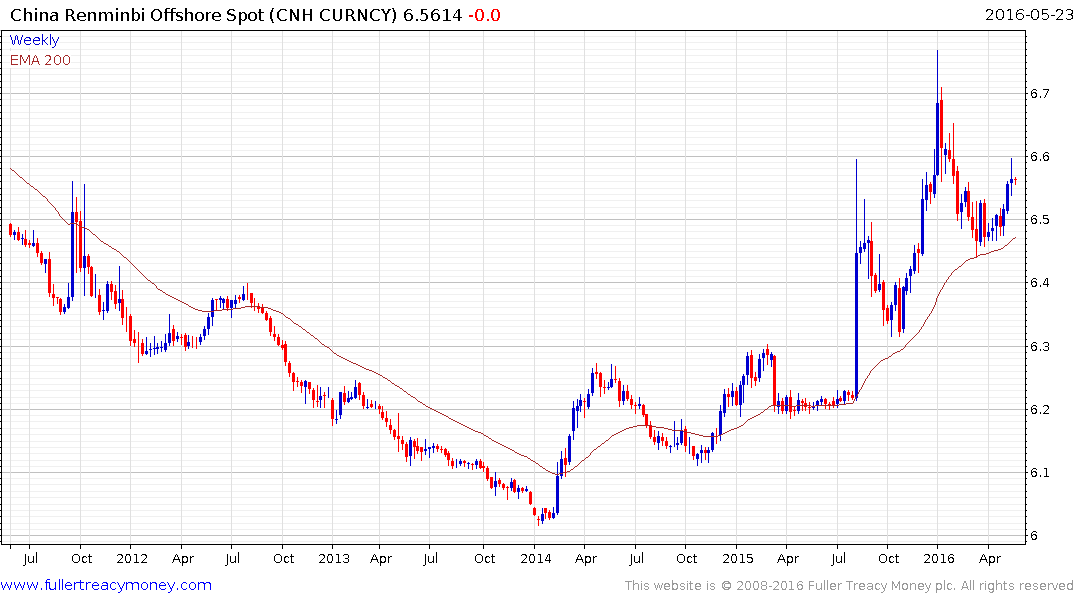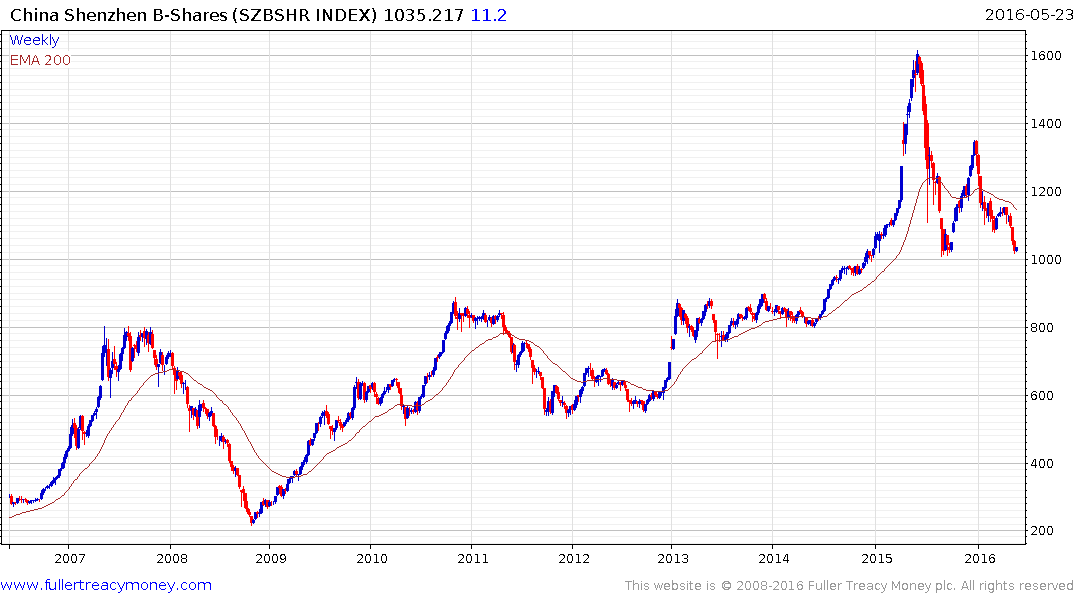China and the world: New Frontiers, Fresh Connections
Thanks to a subscriber for this report from HSBC highlighting the increasingly important role played by the Chinese economy in spurring global growth. Here is a section:
The story now is that China has been increasingly moving up the value chain. In 1995, labour-intensive products such as toys and shoes (grey line in chart 13) accounted for 36% of China's overall exports. By 2015, this share was down to 26%. Meanwhile, the share of machinery and transport equipment (blue line) increased from 21% to 46% over the same period. Soon this transition was starting to have a global impact. Chart 13 shows China's world share by product. Although China's world market share had increased quite steadily for most categories of products, it is the improvement in machinery and transport equipment that is the most striking. In two decades, China's global market share rose from a mere 4% to 17%. Incidentally, this is how China has increasingly earned more in terms of trade surplus vis-à-vis the rest of the world (Chart 14).
In more recent years, a decrease in China’s commodity exports has become another noticeable trend. Chart 15 shows China's declining dominance in the exports of primary commodities and metal products and an improving market share in manufactured goods such as lighting, telecoms, etc.
So, where might China's trade go from here? On most metrics, China's export industry still has much room for improvement. China has recognised that it needs innovation to move up the value chain. It needs to differentiate its products through advances in technology, design or other attributes. The recent five-year plans have included elements related to innovation, R&D and even intellectual property rights. The transition from a low-cost producer to one that increasingly makes more value-add is a longer-term trend that has just begun and it is by no means an easy one. Greater openness to foreign investment, as well as domestic reforms, will help make this process a smoother one.
And for other emerging markets, China moving up the value chain creates opportunities. Countries in parts of Africa and Asia with lower costs of production will likely benefit from a production shift away from China and towards even lower cost bases. China's rise up the ladder may pull a few countries with it.
Here is a link to the full report.
China has come a long way and for much of its hinterland the performance of its economy exerts a leash effect in much the same way Wall Street does for the USA’s largest trading partners. It is for that reason we tend to pay such close attention to what is happening In China’s stock and currency markets as well as the political machinations of what is still a highly orchestrated market.

The US Dollar remains in what is a reasonably consistent medium-term uptrend against the Offshore Renminbi and a sustained move below the trend mean would be required to question that view. China is engaged in a reorientation of its economy away from its previous growth engines and towards higher value added manufacturing, consumer demand and high technology. Considering there are millions of people employed in sectors with massive overcapacity that transition is unlikely to be pain free and an easier currency is part of the solution.
Recent tightening of social regulations might be viewed in this context. This infographic highlighting the objectives of the 13th five-year plan, which came into effect this year, helps to flesh out exactly what Xi wishes to achieve during his tenure.

The Shenzhen B-shares index is perhaps the best barometer of the health of more dynamic “New China” economy companies. The Index found support in the region of the upper side of the underlying range from August and would need to sustain a move below 300 to question potential for support building.


